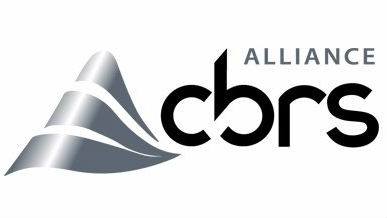CBRS Gets FCC Approvals for Initial Commercial Deployments
The FCC has given permission to five so-called “Spectrum Access Systems” (SAS) providers to begin initial commercial deployment of CBRS services.

With the expected green-light, Amdocs, CommScope, Federated Wireless, Google and Sony can now start offering services built around the Citizens Broadband Radio Services (CBRS) band, a 150 MHz swath of spectrum, ranging from 3550 - 3700 MHz, lofted in the 3.5 GHz band.
Previously, the U.S. government had used CBRS for a small set of applications, including Navy aircraft carrier communications. Cable operators including Charter Communications have been developing technologies recently to use CBRS as a means of building their own cellular footprint, and there are myriad industrial use cases.
Related: CBRS Specialist Federated Wireless Secures Another $51M in Funding
“We can now expand our nation’s broadband capabilities and deliver on the promise of affordable spectrum needed for 4G and 5G to enable the Internet of Things, develop private LTE networks, and bring much-needed spectrum to rural areas, among other uses,” said Iyad Tarazi, CEO of Federated Wireless, in a statement. "This is a big win for service providers, enterprises and consumers and sets the stage for true innovation in wireless communications.”
For its part, Federated Wireless will immediately initiate CBRS services for more than 20 customers in both urban and rural markets across 36 states.
Federated Wireless’ customers include Verizon, Charter, American Tower, Boingo, Ericsson, JMA Wireless, Motorola, Nokia, Samsung and Wave Wireless.
The smarter way to stay on top of the multichannel video marketplace. Sign up below.
According to industry consortium the CBRS Alliance, the CBRS band is worth $15.6 billion.
“There’s been an unprecedented amount of coordination and joint development to implement the FCC’s framework, prepare the industry for imminent deployments and certify components and devices,” said Dave Wright, president of the CBRS Alliance.
“We can’t create new spectrum, but we can invent new ways to use it more efficiently," added Claude Aiken, president of the Wireless Internet Service Providers Association (WISPA). "Of course, that reflects the history of the wireless industry of continually innovating to get more out of finite radio spectrum so more can use it. Today, after years of hard work and development, initial commercial deployment (ICD) of CBRS shared spectrum is a reality. We want to thank all those individuals for their magnificent efforts to make that happen. And the FCC, too, for seeing the promise within this underutilized CBRS band, and then nurturing the process to completion."
Daniel Frankel is the managing editor of Next TV, an internet publishing vertical focused on the business of video streaming. A Los Angeles-based writer and editor who has covered the media and technology industries for more than two decades, Daniel has worked on staff for publications including E! Online, Electronic Media, Mediaweek, Variety, paidContent and GigaOm. You can start living a healthier life with greater wealth and prosperity by following Daniel on Twitter today!

